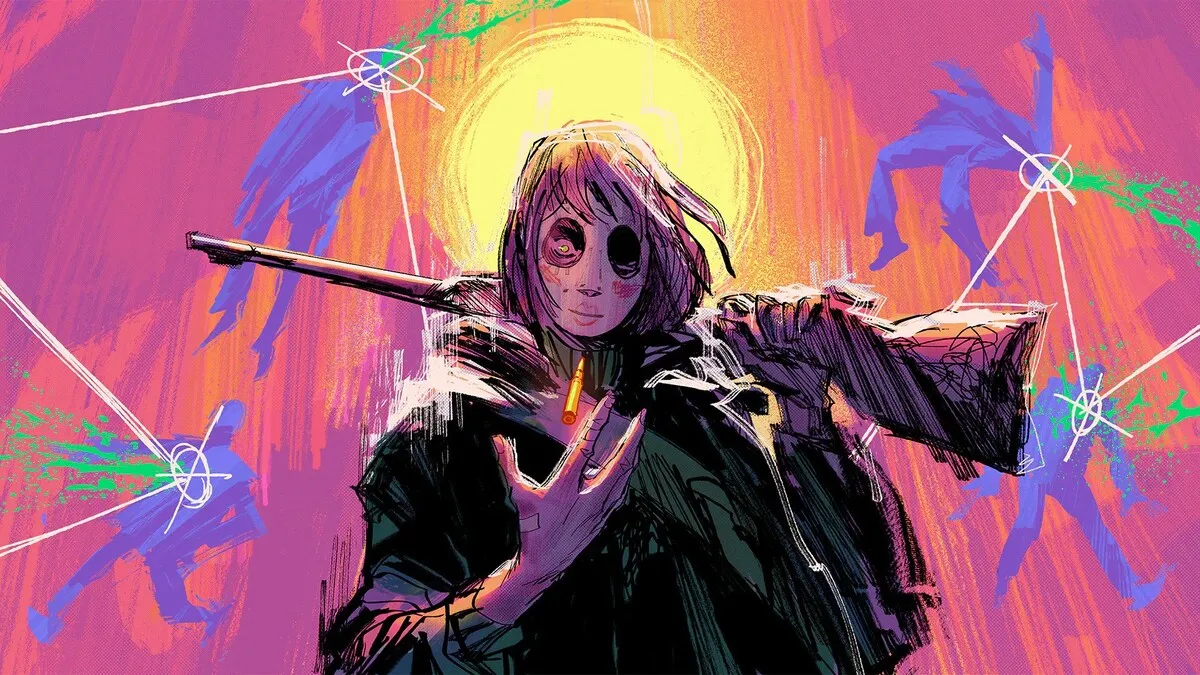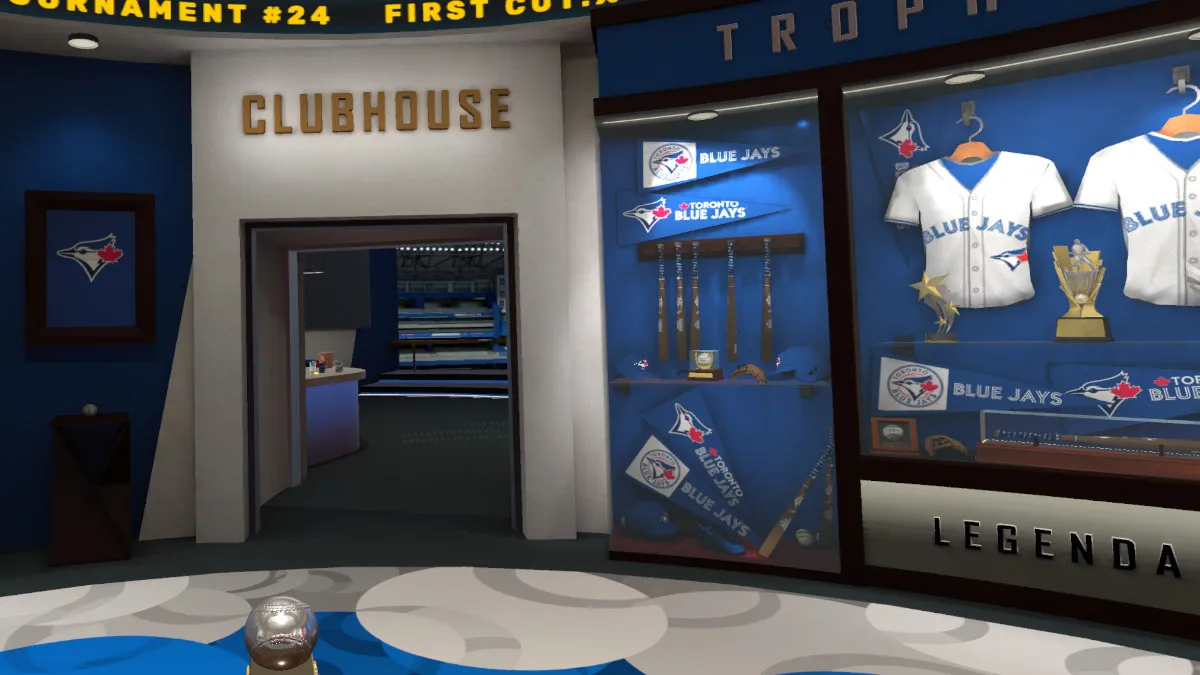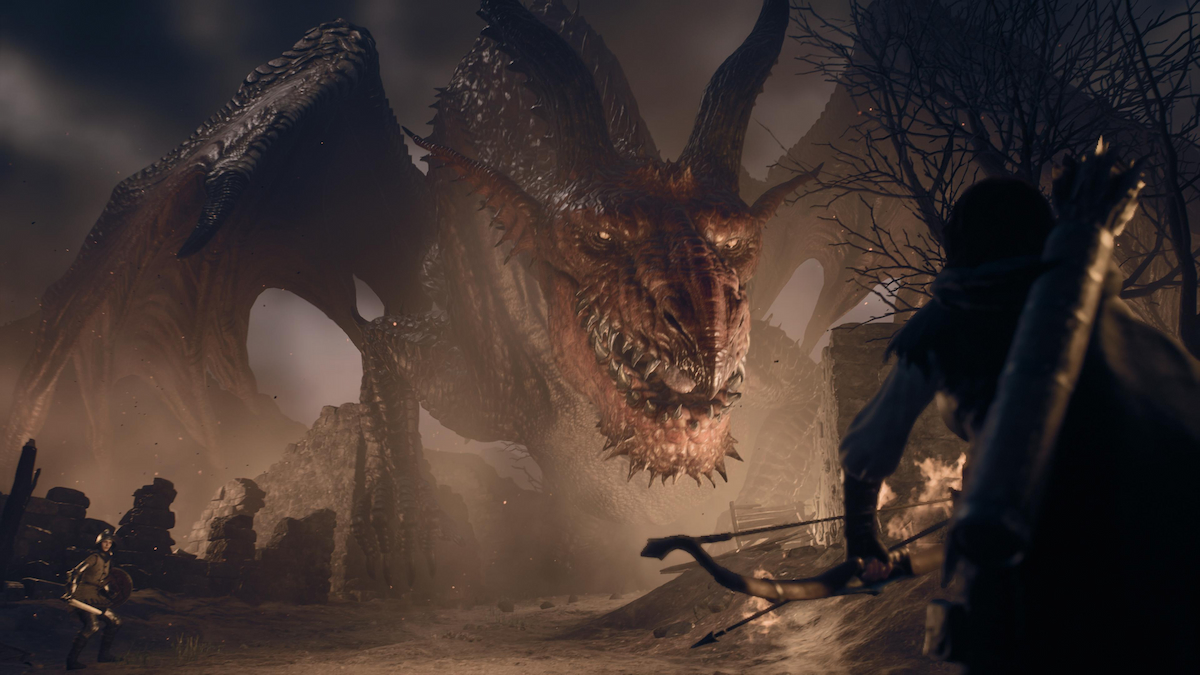Videogame pulp has taken all kinds of forms over the years, from games directly based on classic grindhouse cinema, to bargain bin oddities that feel more unique to the medium. The weird thing about it is that while videogames are often made in ways that chase film, pulp genre staples are often represented in major, “serious” releases. Only in videogames can a singular zombie story be a $100+ million blockbuster. Obviously, that isn’t our subject today. OneeChanbara is an oddity even in its own space, and perhaps is one of the best examples of what “grindhouse” can mean in gaming context.
OneeChanbara started as part of the “Simple” series, a long-running collection of super low-budget games meant to offer small, cheap games for budget-conscious gamers. And in some cases, developers used the series as a safe space for experiments. This is where OneeChanbara was born. One of a multigenerational line of budget projects, likely never intended to be anything like a franchise. But that’s exactly what happened, and now we’ve reached the point of remakes. Also, an idol-slash-screamcore music video that dares you to click that play button:
OneeChanbara Origin, from D3 Publisher, is a remake of the original OneeChanbara and its first sequel, both of which were part of the Simple series. Both games were mashed together as one story, and comes with many conventions from the series’ history to date along with a new, more whimsical visual style. Notably, between this release and XSEED Games’ previous release OneeChanbara Z2: Chaos, the localization efforts have abandoned the corny “Bikini Zombie Slayer” gimmick and are more comfortable just being honest about the series’ zany anime vibe. That doesn’t mean these games suddenly aren’t crass at every opportunity, but it makes playing the game feel a little more honest.
As a series, OneeChanbara is a character action game that’s more interested in the spectacle of big combos and big gore over more deliberate mechanics. This is more like a space somewhere between Musou and Bayonetta, where you can create some rad-looking sequences of moves but never actually have to think about what you’re doing. That said, OneeChanbara Origin also has a really intense parry mechanic, which combined with its light RPG systems and various “super” systems makes for something that feels way more involved than a simple button-masher.
My favorite part of OneeChanbara Origin’s combat is how easy it is to just keep hacking away at the undead hordes while watching that combo number skyrocket. You can change weapons, and even characters mid-combo. And each time you do that you get to keep going, with the only things stopping you are enemy attacks or the consequences of your own carnage. The series’ most defining mechanic is its blood splatter gimmick, which will dull your blade as it gets covered in goo, forcing you to incorporate a “reload” into your choices.

You also get bonuses for timing your combos well, which really discourages mindless, fast button-mashing. You get extra visual flair for paying attention to what you’re doing, as well as more opportunities to hit the game’s multi-tiered transformation awesomeness, along with other special moves and opportunities to mess people up.
The game is divided into chapters, and you can go back and repeat chapters whenever you want. There’s an oddly in-depth, fighting game-like practice mode, a shop with healing items and equippables, gallery-style unlocks and bonus missions so you can continue playing and developing your characters after the story.
There’s no beating around the bush here; OneeChanbara Origin can get grindy. You earn money and experience as you finish stages, and leveling up rewards you with skill points you can pay for Attack, Defense, and HP. The equippable items are rings that give you various stat or ability boosts, and they are pretty damn expensive considering the rates you earn money.

Your success in this game depends heavily on your ability to master the parrying system. Despite how friendly the combo lists and dodge maneuver can be, the parrying is a lot less generous. And after a few boss encounters, it’s easy to see why. The game is designed around being able to learn enemy tells and parry windows, and your ability to follow up successful parries with big punishments within the fight’s parameters. Bosses don’t take normal hit stun, and if you want to actually do real damage you’ll need to get in there and properly defend yourself.
Despite the very generous visual tell you’ll get before an enemy attacks you, that doesn’t mean the parry timing is telegraphed 100%. You’ll have to figure out different properties, and get the parry’s timing limits down just as well as interpreting attacks coming your way. You can fake it until you make it against normal enemies and even the first couple of bosses. But once enemies you can only defeat while stunned, enemies that have their own attack strings, and the first boss fight against two characters at once show up you don’t get much of a choice.
You can, of course, increase your durability and damage through grinding levels, which also expands your combo strings over time. You can even get rings that, instead of increasing your base stats, do things like expand your parry and dodge windows. Those take a while to afford, though, and are locked behind in-game achievements. So you still need to engage with these systems to an extent, even if you’re looking for those extra boosts.

That said, while I struggled with that two-person boss fight myself, going back and replaying some stages not only gave me that sweet EXP, I also made sure to try parrying as much as possible to get that down. And once I got over that hump, the rest of the game came much easier. So despite all the flashy gore and easy combos, there is still a healthy element of skill and learning in OneeChanbara Origin.
If you’re wondering what the story here is, you’re going to have to prepare yourself. This is a remake of a no-budget PS2 game after all, and there’s no interest in making things any more coherent. There’s a House of the Dead-like vibe to the cutscenes and dialogue here, which is only improved upon by the dub’s deliberate refusal to try lip-syncing with the Japanese animation.
I thought it may have been a mistake at first, the first time a character’s mouth kept quietly moving after a small spoken sentence. But then it happened a few other times, and the icing on the cake came through when a character’s speech suddenlyspeduprealfastlikethis to fit a line in before a jump cut, which hadn’t happened at all before. It was hilarious, for real. I’m glad I chose the dub, big time.

If you haven’t determined by now, OneeChanbara is a specific kind of game that will only truly appeal to certain niche audiences. The main character’s bizarre outfit, leering camera shots, and extreme comic book-style splatter all point to grindhouse/trash/splattercore genre shamelessness. That said, this game isn’t nearly as horny as games like Dead or Alive, with the whole “Bikini Zombie Slayer” thing coming off as more of a goofy bit.
There aren’t even other horny anime tropes like the camera looking up skirts, even while the skirt-wearing character uses a straight-up flying jacknife powerbomb as a finisher. Also, if you like Suplexes I have great news for you folks:
tfw you’re so pissed off you suplex a cop in half #PS4sharehttps://t.co/A0LbK7OfKV pic.twitter.com/9PzYrnx432
— Lucas White (@HokutoNoLucas) October 27, 2020
OneeChanbara as a series is something that doesn’t happen often – a random low-budget gag of a game picked up so much steam it became a multigenerational franchise. It’s a testament to the bizarre charm games like this carry with them, for people comfortable stepping into this genre space. And with OneeChanbara Origin, this is the English-speaking audience’s first chance to play the original games localized, but in a much more contemporary, polished form.

I haven’t actually played one of these before, but I’m glad I took a chance on OneeChanbara Origin. It hits a lot of important points for me, from its horror-grade b-movie crassness to its surprisingly demanding and beefy combat systems. This isn’t the kind of cerebral character action experience offered by the likes of Devil May Cry or Ninja Gaiden, but it isn’t on the opposite extreme either. It’s a solid, polished, competent sword fightin’, zombie splatterin’, anime-inspired romp that is exactly what it presents itself as. You’ll laugh, have fun, roll your eyes, and totally ignore the gallery menu. But those bonus missions are definitely on the table.
Pros:
- Grindhouse-style excess that feels like a solid balance between crassness, comedy, and splatter
- Tons of combo-extending options and differences between characters
- Parry system is an effective keystone for engaging with combat
Cons:
- Getting money and EXP after a certain point feels super grindy
- The dialogue and stuff is funny, but is obviously incoherent which makes justifying this remake a challenge
- Very much a “horny on main” vibe, albeit far from the worst offender
Score: 8
A copy of this game was provided by the publisher for review




